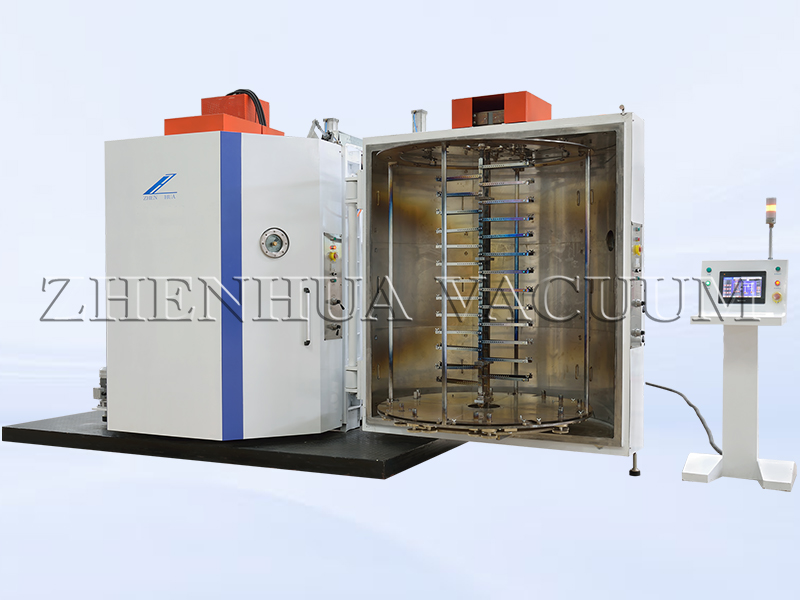Film layer in the evaporation source of heating evaporation can make the membrane particles in the form of atoms (or molecules) into the gas phase space. Under the high temperature of the evaporation source, the atoms or molecules on the surface of the membrane get enough energy to overcome the surface tension and evaporate from the surface. These evaporated atoms or molecules exist in a gaseous state in a vacuum, i.e. the gas phase space. metallic or non-metallic materials.

In a vacuum environment, the heating and evaporation processes of membrane materials can be improved. The vacuum environment reduces the effect of atmospheric pressure on the evaporation process, making the evaporation process easier to carry out. At atmospheric pressure, the material needs to be subjected to greater pressure to overcome the resistance of the gas, whereas in a vacuum, this resistance is greatly reduced, making the material easier to evaporate. In the evaporation coating process, the evaporation temperature and vapor pressure of the evaporation source material is an important factor in selecting the evaporation source material. For Cd (Se, s) coating, its evaporation temperature is usually in the 1000 ~ 2000 ℃, so you need to choose the evaporation source material with suitable evaporation temperature. Such as aluminum at atmospheric pressure evaporation temperature of 2400 ℃, but in vacuum conditions, its evaporation temperature will drop significantly. This is because there is no atmospheric molecules in the vacuum obstruction, so that the aluminum atoms or molecules can be more easily evaporated from the surface. This phenomenon is an important advantage for vacuum evaporation coating. In a vacuum atmosphere, the evaporation of the film material becomes easier to carry out, so that thin films can be formed at lower temperatures. This lower temperature reduces oxidization and decomposition of the material, thus contributing to the preparation of higher quality films.
During vacuum coating, the pressure at which the vapors of the film material equilibrate in a solid or liquid is called the saturation vapor pressure at that temperature. This pressure reflects the dynamic equilibrium of evaporation and condensation at a given temperature. Typically, the temperature in other parts of the vacuum chamber is much lower than the temperature of the evaporation source, which makes it easier for evaporating membrane atoms or molecules to condense in other parts of the chamber. In this case, if the rate of evaporation is greater than the rate of condensation, then in dynamic equilibrium the vapor pressure will reach saturation vapor pressure. That is, in this case, the number of atoms or molecules evaporating is equal to the number condensing, and dynamic equilibrium is reached.
–This article is released by vacuum coating machine manufacturer Guangdong Zhenhua
Post time: Sep-27-2024

